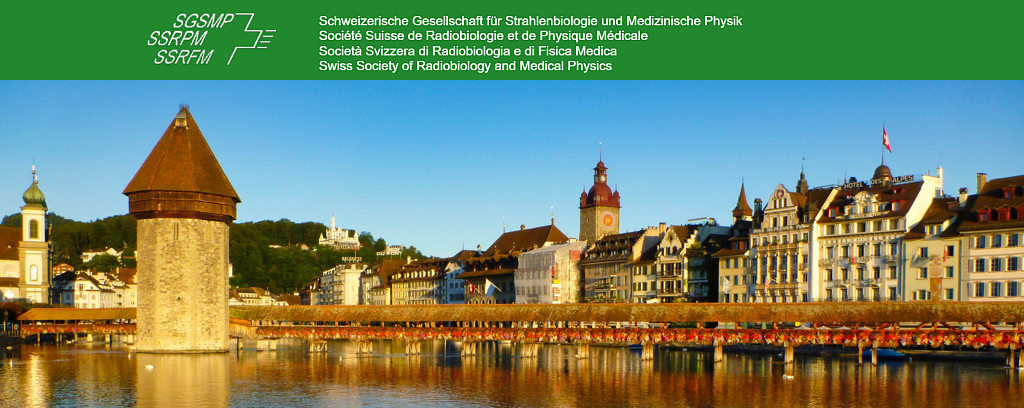Speaker
Description
Purpose: Research treatment planning systems (TPS) are needed for further development of optimization algorithms and exploration of novel concepts not supported by commercial TPS. However, research TPS are not approved medical products and lack the rigorous testing of commercial TPS. In this work, we developed a tool to upload treatment plans generated with our in-house TPS into the Eclipse TPS (Varian Medical Systems).
Methods: Treatment plans generated with our in-house TPS are characterized by a set of multileaf collimator (MLC)-based apertures at different control points. Using the Eclipse Scripting API (ESAPI), treatment plans are created in the Eclipse TPS for the corresponding patient for discrete beam orientations or dynamic arcs, and initialized with control points whose MLC positions are set to the apertures specified in the in-house TPS. Dose distributions for each individual aperture are then computed using Eclipse' commissioned dose calculation algorithms and exported through ESAPI as dose matrices. To mitigate the impact of tongue-and-groove effect, transmission through the MLC and discrepancies between dose calculation algorithms, the fluence of each aperture are re-optimized in the in-house TPS using the exported information. The new monitor unit weights for each aperture are finally uploaded to the Eclipse TPS.
Results: The proposed workflow was tested for a prostate cancer patient. Intensity modulated radiotherapy and volumetric modulated arc therapy treatments generated in the in-house TPS were uploaded to the Eclipse TPS and compared to corresponding plans generated directly in the Eclipse TPS, where the same fields/arcs and same planning objectives were used. The dosimetric quality of the treatments generated in the in-house TPS and Eclipse TPS were similar.
Conclusion: A tool for uploading treatments generated using our in-house TPS into the Eclipse TPS was developed. This potentially enables the clinical delivery of treatment plans that can only be obtained using our in-house research TPS and not directly in commercial TPS. An example are spatiotemporal fractionation schemes, which require the simultaneous optimization of multiple distinct plans based on their cumulative biologically effective dose.

